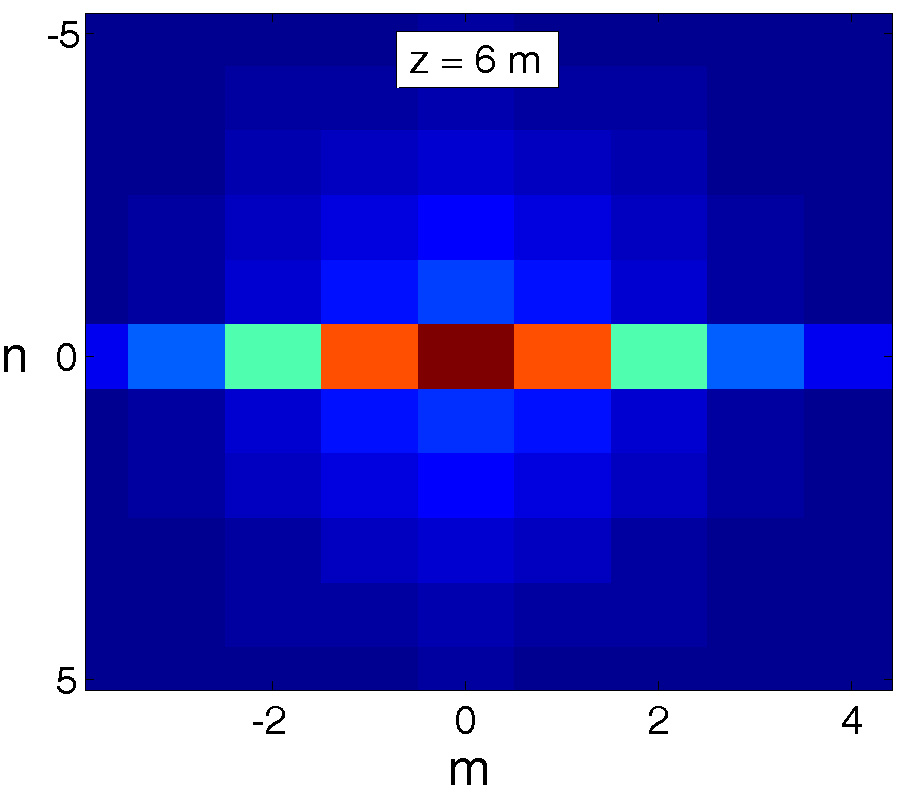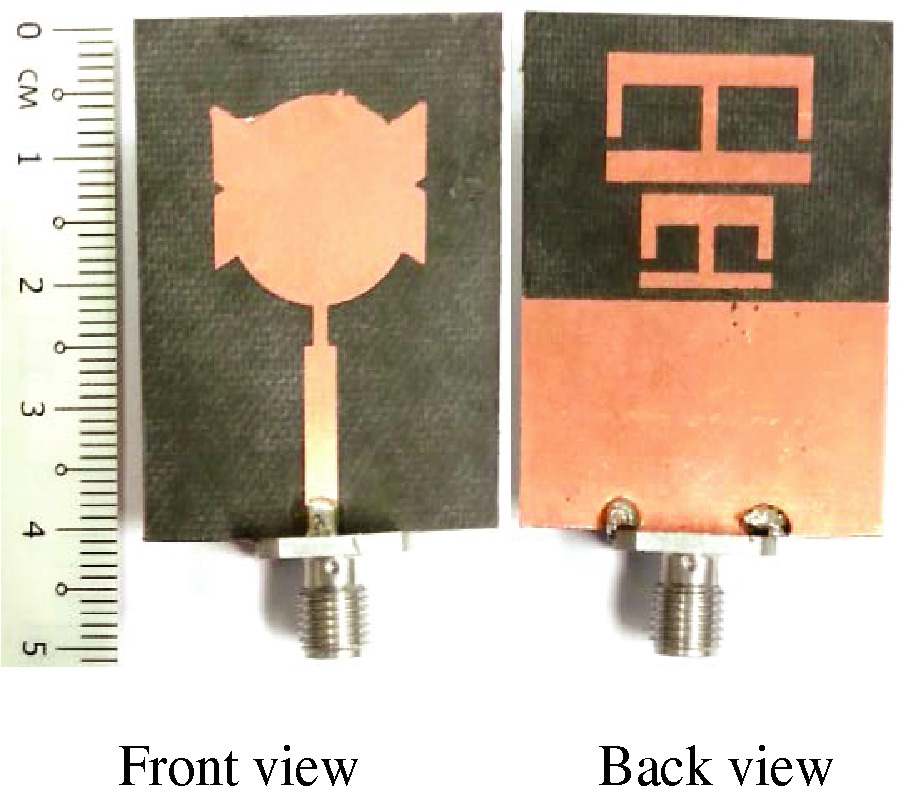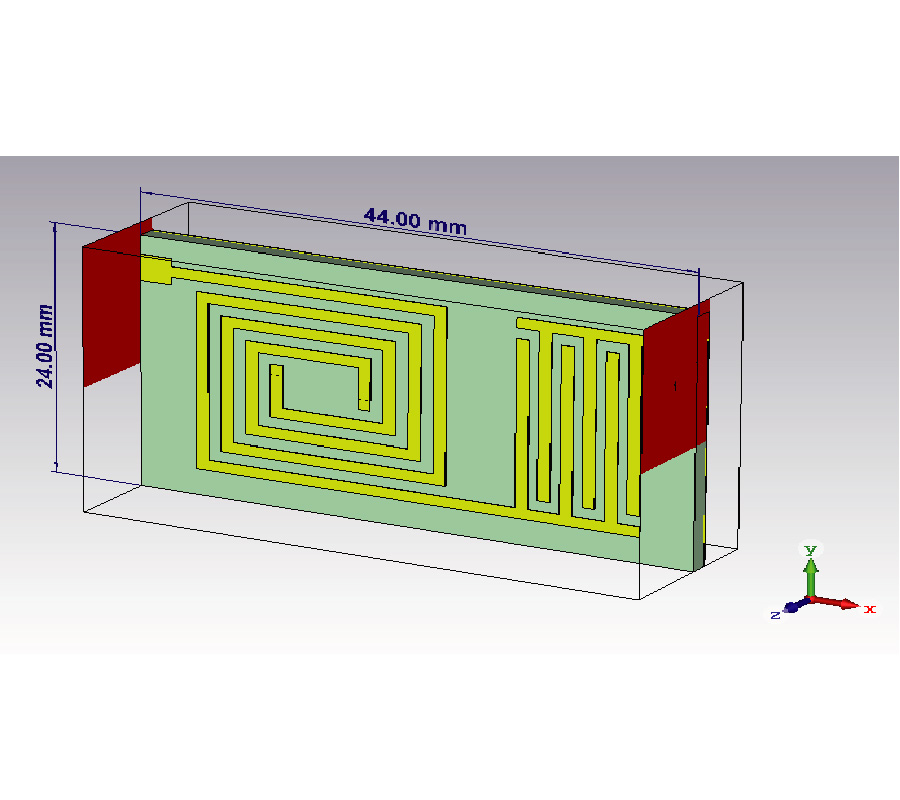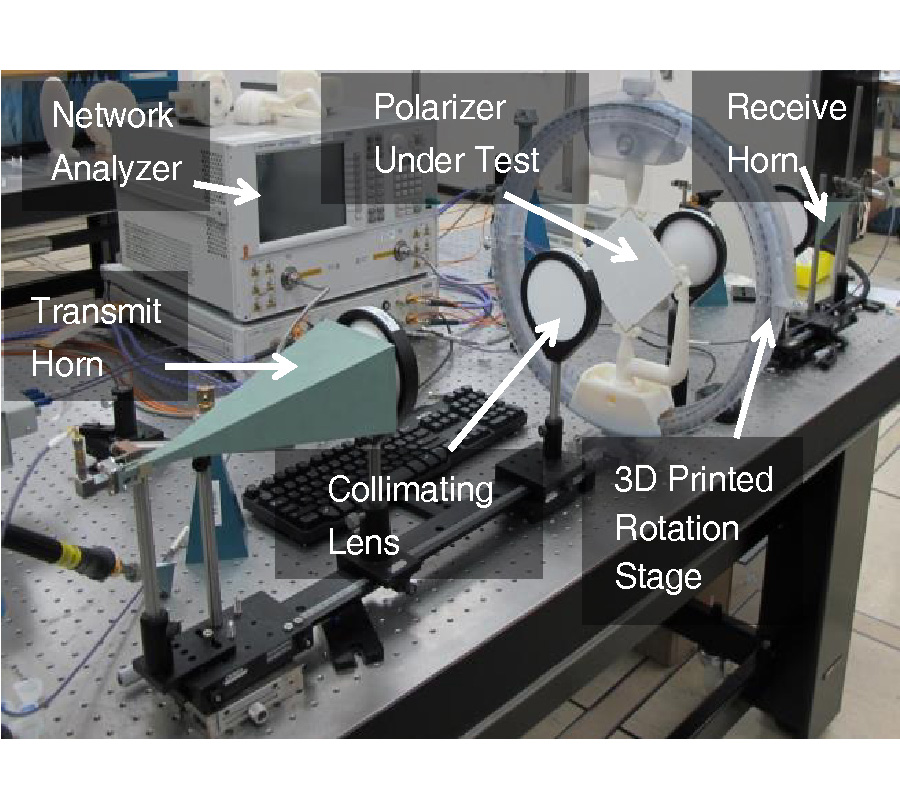2017-11-30 Latest Published
By Reefat Inum
Md. Masud Rana
Kamrun Nahar Shushama
Progress In Electromagnetics Research C, Vol. 79, 241-255, 2017
Abstract
In this paper, three different types of graphene based tapered slot antennas are designed for ultrawideband (UWB) applications. The taper profiles for three antenna types are linear, exponential, and constant width. A single layer graphene sheet of 35 μm thickness is used to model the radiating element and feeding structure of the designed antennas. To feed the antennas, microstrip to slotline transition technique is adopted. An approximate analytical theory based on conical transmission line model is considered to authenticate the design of graphene based tapered slot antennas. Better impedance matching over 2-20 GHz is obtained by designing a balun in the form of a radial stub. Return loss, bandwidth, radiation pattern, and directive gain are the considered antenna performance parameters. Time domain solver of CST MWS software is used to evaluate the performances of linearly tapered slot antenna (LTSA), exponentially tapered slot antenna (Vivaldi), and constant width slot antenna (CWSA). The results obtained from CST are compared with that from HFSS to further validate the design. Simulation results with extensive parametric study confirm that the novel 2-D material graphene can be considered as a promising one to model UWB tapered slot antennas. Furthermore, the effectiveness of designed graphene based tapered slot antennas is revealed by comparing their performances with other existing UWB antennas. Moreover, as a UWB application, Vivaldi antenna shows promising results in microwave brain tumor detection.



















